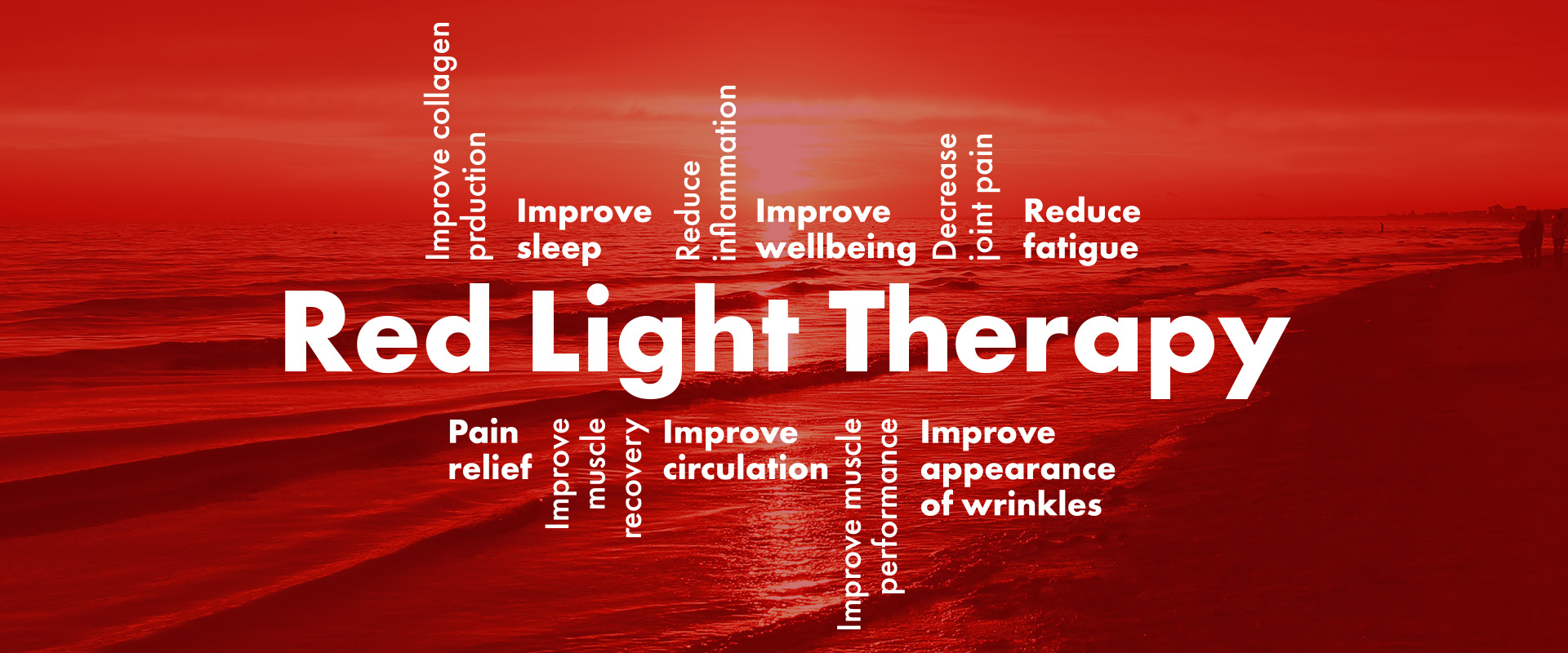Whats is red light therapy?
Addtime:2022-04-14 Click:272

What is red light therapy?
To date, there’s a lot of ongoing research, publication of small studies and much discussion on the internet about the effectiveness of red light therapy for all types of health uses. Results of some studies do show some promise, but the full effectiveness of red light therapy has yet to be determined.
Other names you might hear to describe red light therapy include:
Low-level laser light therapy.
Low-power laser therapy.
Non-thermal LED light.
Soft laser therapy.
Cold laser therapy.
Biostimulation, photonic stimulation.
Photobiomodulation and phototherapy.
How did interest in red light therapy evolve?
In fact, red light therapy is already widely medically accepted in its use in photodynamic therapy. In this therapy, low-power red laser light is used to activate a photosensitizer drug. The interaction creates a chemical reaction that destroys cells. It’s used to treat some skin conditions, including skin cancer and psoriasis, acne and warts, and other types of cancer.
Now, RLT is being investigated (or already in use) for treating a wide array of health conditions. What’s confusing — and controversial — is the effectiveness of the treatment for the purposes it’s being promoted.
How does red light therapy supposedly work?
 Red light therapy may work in skin health to:
Red light therapy may work in skin health to:
Increase fibroblast production, which makes collagen. Collagen is a component of connective tissue that builds skin.
Increase blood circulation to the tissue.
Reduce inflammation in cells.
For what skin conditions is red light therapy being tried?
Improve wound healing.
Reduce stretch marks.
Reduce wrinkles, fine lines and age spots.
Improve facial texture.
Improve psoriasis, rosacea and eczema.
Improve scars.
Improve sun-damaged skin.
Improve hair growth in people with androgenic alopecia.
Improve acne.
Is red light therapy effective?
The gold standard of studies to determine if a product is effective is a randomized, placebo-controlled trial. This means that a certain number of people with the same range of characteristics (age, weight, race, sex, etc.) get either the study treatment or a placebo (fake or “sham” treatment) for treatment of the same condition.
Some studies also include a comparison to another commonly used treatment. Results can then be compared between the emerging treatment versus no treatment (the placebo group) or versus a “current standard” treatment.
Many of the published studies using RLT included only a small number of people, didn’t include a placebo group, weren’t conducted in humans (animal studies) or were limited to cell tissue itself. Most researchers say results so far look promising, but that more quality studies with larger numbers of people are needed.
